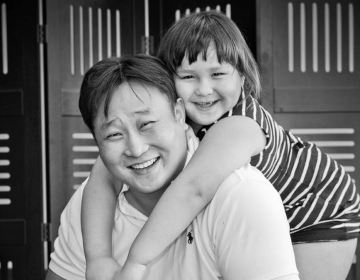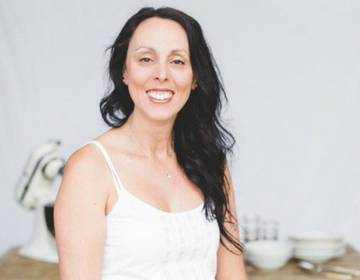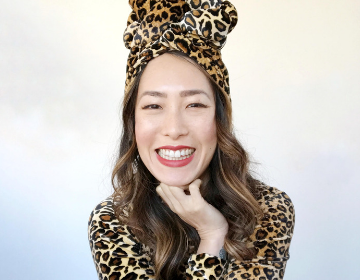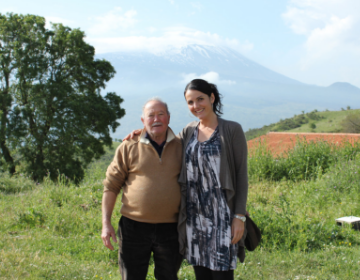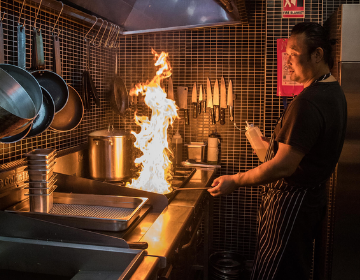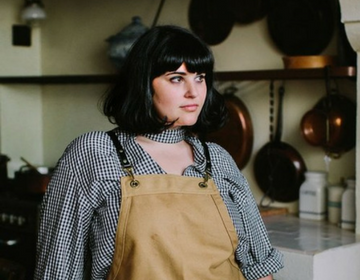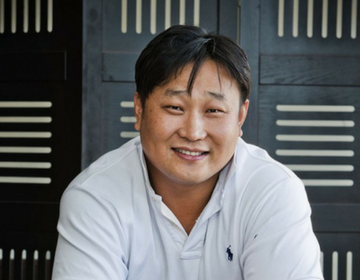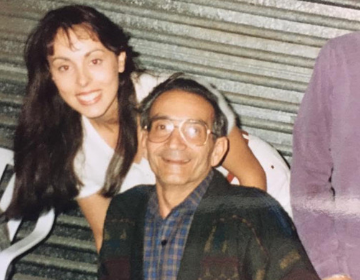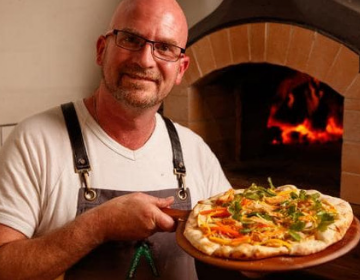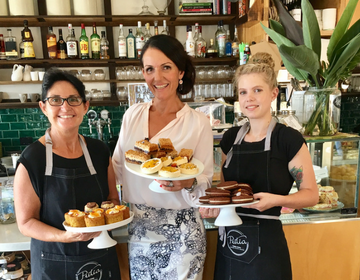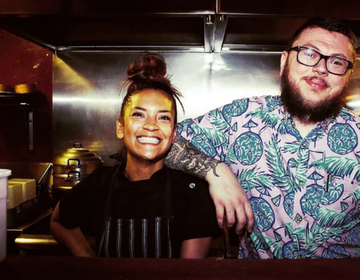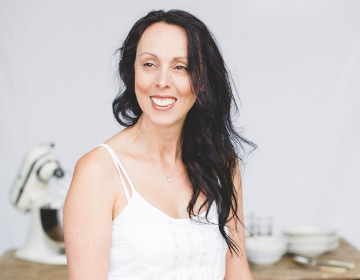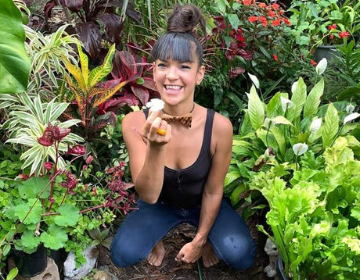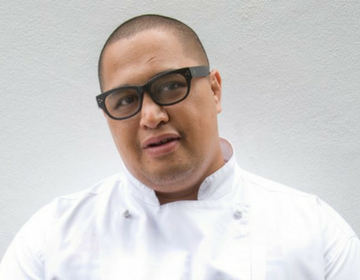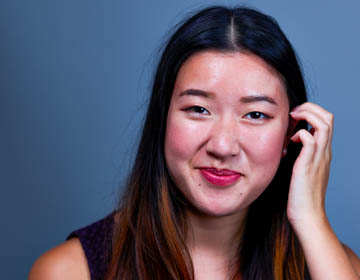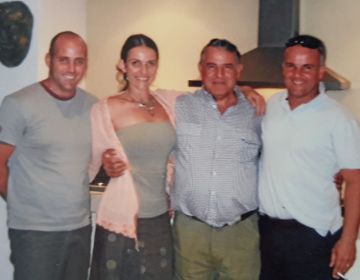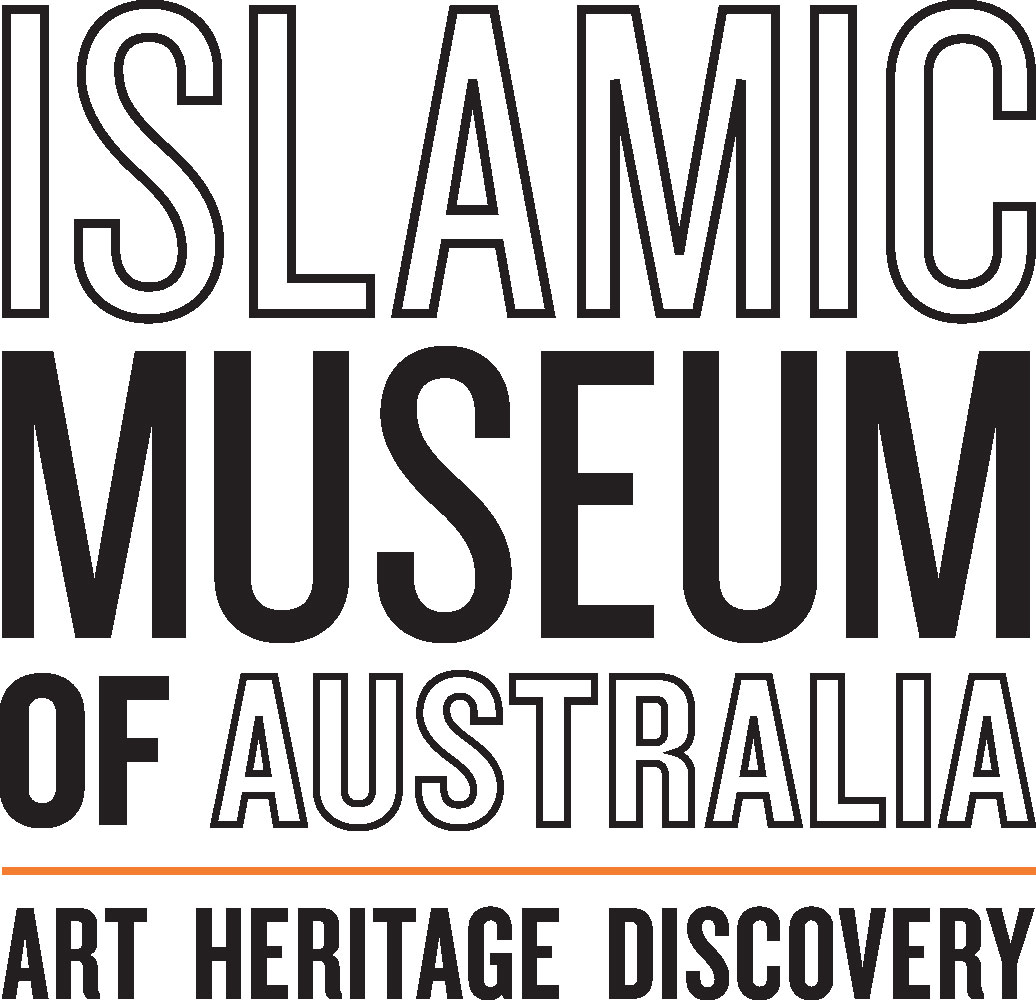By Nick Filsell
Australia is a very young country and has diversity woven into the fabric of its cultural identity. Celebrating multiculturalism and allowing people the space to celebrate their heritage freely is one of the cornerstones of what we build this country on.
Having previously worked at Crown Casino, where there were over 3,500 food and beverage staff and 650 chefs, you would work with people from every country on Earth.
When you work in a kitchen, it’s a meritocracy. It doesn’t matter where you come from, it matters whether you can do the job. The sense of inclusion in these environments often stems from the idea that everyone is there for the same purpose.
Workplace diversity and inclusion also flows into the satisfaction of your customers. I spent some time working in Uluru in my 20s, and had people visiting from all over the world. We had to factor in ways to cater to an incredibly diverse range of cultural groups all dining within the same space at the same time, and making sure they all felt welcome and accommodated.
As a chef, the more techniques you can learn from the different cultures you experience, the better your repertoire becomes. It broadens your horizons more than anything else. It gives you the gift of knowledge from places you haven’t even visited. That’s tremendous. I believe the minute you try to become specialised in anything, you’re excluding rather than including.
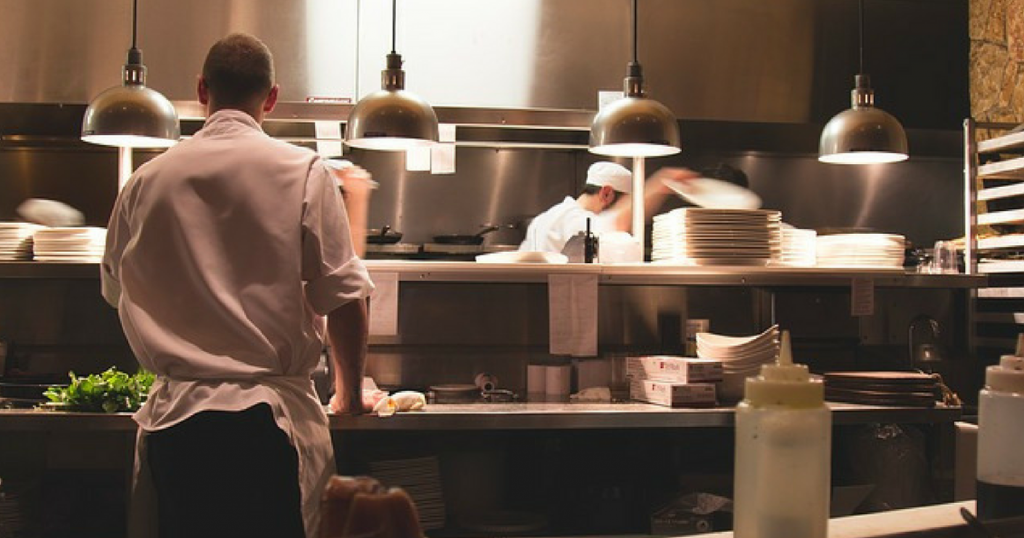
When a culture is inclusive, you get so much more investment from people who are a part of that organisation.
I’ve done a lot of work with Italian food but I don’t like to think of myself as a specialist in Italian food because it makes me one-dimensional. The more hands and cultures that are put in the mix, the better the food tastes.
The most significant thing that working with a diverse workspace has taught me is curiosity. I’m sure that others would say things like patience, tolerance, understanding and acceptance, but I think they’re almost a given. You become curious about the other cultures you’re surrounded by and engaging with. I love to learn about how people from other cultures interact around the dinner table, the way they cook and the way they celebrate holidays. You can learn so much from simply taking a genuine interest in the people around you.
A Taste of Harmony positively influences workplace inclusion by providing an opportunity for people to be conscious of cultural diversity – putting it at the front of people’s minds. Everyone thinks ‘I should do that’ but A Taste of Harmony says ‘this is how you can’. It provides a safe space for people to recognise that they can contribute to workplace inclusion, and it’s not actually a huge effort to achieve. A lot of people come from backgrounds where cultural inclusivity hasn’t necessarily been addressed. A Taste of Harmony creates this opportunity through the universal platform of food as an ideal way to start these conversations.
For my A Taste of Harmony dish, I’d have to go back to my own cultural heritage and do something with the slow-roasted lamb shoulder. I’ve cooked it many, many times and have picked up some techniques from other mentors along the way. I’ve taken a kind of European technique and then added some cross-cultural flavours to it. It ends up like a kind of deconstructed Massaman curry. Massaman is actually the Thai word for ‘Muslim’; it’s derived from when the Ottoman Empire was trading with the Thai people when they were marauding around the world and started trading in spices. That’s how they actually created that curry in the first place. It’s very nice!


